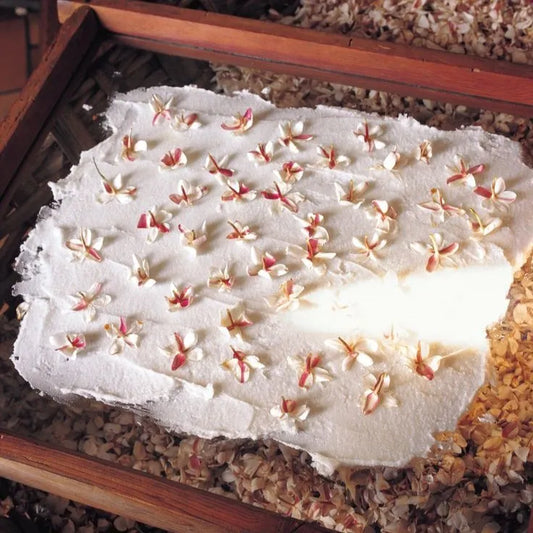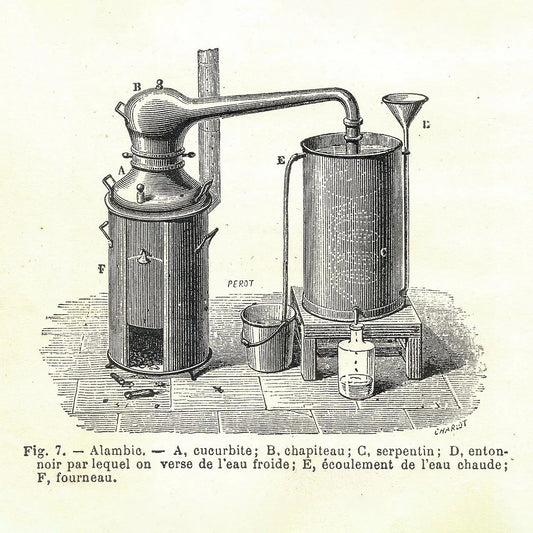Ingestion of essential oils is a controversial subject, hotly debated between purveyors of essential oils, longtime practitioners of various therapies that use them, the global medical community, and governmental organizations.
There is no specific process for preparing essential oils to be used in food or taken as if they were medicine. Essential oils that marketing companies call “food grade” are no different from the essential oils offered for aromatherapy—nothing has been done in their harvest, distillation, or bottling to somehow make them safer to use in food.
The U.S. Food and Drug Administration (FDA) does provide guidance for the use of specific essential oils as flavorings in packaged foods. A few essential oil suppliers—LorAnn Oils in particular—work directly with the packaged food industry, providing essential oils that have received a rating from the FDA of Generally Regarded as Safe (GRAS) for use in food manufacturing. These companies may call their oils “food grade,” but this simply refers to their GRAS rating, not to any special or different process to prepare them for use in food.
Many users believe that because essential oils are natural and organic, they are safe for internal use. This logic, however, breaks down when we consider all the things in nature that are not only natural and organic but also harmful and even deadly: many kinds of mushrooms, poison ivy, poison oak, water hemlock, nightshade, white snakeroot, oleander, and tobacco, for starters. While some may scoff at the comparison of lemon or orange essential oils to these hazardous plants, the fact is that science has not delved deeply into the relative safety of most essential oils, especially those sold by companies that do not otherwise produce any kinds of food products.
LorAnn Oils, a seller that supplies “super-strength flavor” essential oils to the food production industry, has been certified by the Safe Quality Food (SQF) Institute, a division of the Food Industry Association, to show that it has made a “commitment to a culture of food safety and operational excellence in food safety management.” Companies that receive SQF’s certification must follow the specific code detailed in an extensive rulebook, to prove that they “meet and exceed all industry, customer, and regulatory requirements so they can remain competitive across sectors.” Consumers can purchase flavorings made with essential oils from this company, but even LorAnn cautions that its oils “are safe when used sparingly … but should not be ingested undiluted.”
What if you add a few drops of an essential oil to water and drink it, as many practitioners suggest you should? Despite all the recipes you may find online, and all the books that suggest this as a common and well-established practice for remedying a long list of ailments, the short answer is this: no, you should not ingest any essential oil in this manner, nor should you rub a drop of oil on your gums, drip it into an ear, or insert a swab containing an essential oil into any other bodily orifice. At the very least, some essential oils are irritating to mucous membranes and will cause the equivalent of chemical burns. At worst, some oils can cause a toxic reaction, with symptoms ranging from anaphylaxis (throat swelling, gagging, choking, shortness of breath) to nausea, vomiting, and diarrhea. The severity of the reaction may vary from one person to the next, making your own decision to ingest an essential oil something of a gamble.
As stated earlier in this book, essential oils are not regulated by any governing body, so they have not undergone the extensive third-party testing that any food product must endure before it goes on the market. The companies that market essential oils for aromatherapy, use in skin creams, and as additions to household products are not required to pass through any review of their products to make them safe as food. No matter what the multilevel marketing representative tells you, adding these oils to your own food or drink may put your own health in jeopardy.





